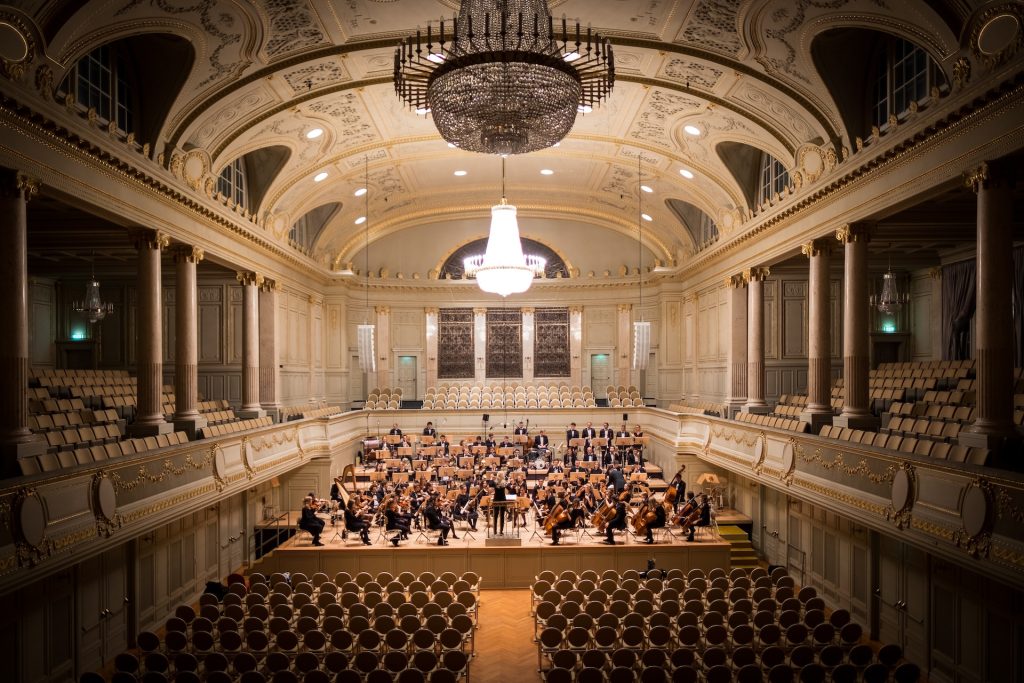In a world pulsating with ideas and innovations, have you ever found yourself marveling at the sheer brilliance of human creativity? What if I told you that there’s a fascinating symphony of neurons and neurotransmitters behind every stroke of genius, every musical composition, and every groundbreaking invention? Welcome to the world of the science behind creativity, a realm where the brain dances to the rhythm of imagination, and synapses compose the melody of innovation.

The Brain’s Creative Orchestra
Imagine your brain as a grand orchestra, each section playing a crucial role in the symphony of creativity. The prefrontal cortex, the conductor of this orchestra, orchestrates complex thought processes, problem-solving, and decision-making. Meanwhile, the hippocampus, an essential part of the limbic system, lends a hand in memory and imagination, weaving together the threads of past experiences into the fabric of creative ideas. Creativity is a symphony, not a solo act. The brain’s various regions harmonize, showcasing that collaboration is key to unlocking the full potential of creative thinking.
Neurotransmitters: The Chemical Choreographers
Step backstage, and you’ll find the neurotransmitters, the chemical choreographers responsible for transmitting signals between neurons. Dopamine, the “feel-good” neurotransmitter, takes center stage, motivating us to explore and seek out new experiences. It’s the burst of inspiration, the “aha” moment that lights up the creative stage. Embrace the dopamine dance. Creativity is not just about hard work; it’s about finding joy in the process, allowing the chemical dance of neurotransmitters to spark creative breakthroughs.
The Alpha State: When Waves Align for Creativity
Picture yourself in a state of calm focus, where ideas flow effortlessly, and inspiration strikes like a gentle breeze. This is the alpha state, a brainwave frequency associated with relaxation and heightened creativity. When your brain shifts into this state, the door to the subconscious swings open, allowing novel connections and ideas to blossom. Relaxation fuels innovation. Give your brain the space to breathe, and let the alpha state be the tranquil pond where creative ripples form and expand.
Neuroplasticity: Rewiring for Creative Brilliance
Now, let’s dive into the concept of neuroplasticity, the brain’s remarkable ability to reorganize itself by forming new neural connections. When we engage in creative activities, whether it’s painting, writing, or solving puzzles, we’re not just expressing ourselves – we’re actively rewiring our brains. Creativity is a workout for the brain. Challenge yourself to step outside your comfort zone, and watch as the neural pathways reshape, paving the way for innovative thinking.

The Eureka Moment: Bridging the Conscious and Subconscious Minds
Ever experienced a Eureka moment where a solution seems to materialize out of thin air? This is the subconscious mind at play, tirelessly working in the background to connect seemingly unrelated dots. When we’re not consciously focusing on a problem, the subconscious mind continues to churn ideas, presenting us with unexpected solutions. Give your subconscious a seat at the table. Take breaks, engage in unrelated activities, and allow your mind to wander. The subconscious mind is a silent collaborator in the creative process.
The Challenge of Divergent and Convergent Thinking
Creativity is a dance between divergent and convergent thinking. Divergent thinking is the ability to generate a multitude of ideas, exploring different possibilities. Convergent thinking, on the other hand, involves narrowing down those ideas to find the best solution. Balancing these two thinking styles is crucial for navigating the creative process successfully. Flexibility is the key. Understand when to let ideas flow freely and when to guide them toward a focused goal. The ebb and flow between divergent and convergent thinking give creativity its dynamic rhythm.
Cultural Influence: The Muses of Creativity
As we explore the science of creativity, we can’t overlook the role of culture. Cultural influences shape our perspectives, fuel our imaginations, and provide a rich tapestry of ideas. Exposure to diverse cultures and experiences broadens the palette from which our creative minds draw inspiration. Cultivate a diverse creative garden. Immerse yourself in different cultures, explore various disciplines, and let the mosaic of human experiences be the muse that breathes life into your creative endeavors.
The Role of Sleep: Dreaming Up Creative Solutions
Ever woken up with the solution to a problem that seemed unsolvable the night before? Sleep is a creative powerhouse, playing a crucial role in consolidating memories, fostering creativity, and even problem-solving. During the REM (Rapid Eye Movement) stage, our brains engage in intense activity, creating a playground for vivid dreams and innovative ideas. Sleep on it. Give your brain the time and space it needs to sift through the clutter of thoughts, and let your dreams become the canvas where creative solutions paint themselves.

And there you have it, creative maestros – a glimpse into the intricate symphony of the science behind creativity. From the brain’s orchestra conducting complex thought processes to the chemical dancers choreographing inspiration, each element plays a vital role in the creative crescendo.
As you embark on your creative journey, remember that the science behind creativity is not a set of rigid rules but a dynamic interplay of elements. Embrace the diversity of thought, give your brain the freedom to dance between states, and let the neurotransmitter orchestra serenade your most brilliant ideas.
So, whether you’re composing a masterpiece, engineering innovation, or crafting a narrative, revel in the science behind creativity. Your brain is a symphony waiting to be conducted, and the more you understand its rhythms, the more you’ll unlock the boundless potential within your creative soul. May your ideas dance, your neurons sing, and your creativity resonate with the joy of endless possibility!





